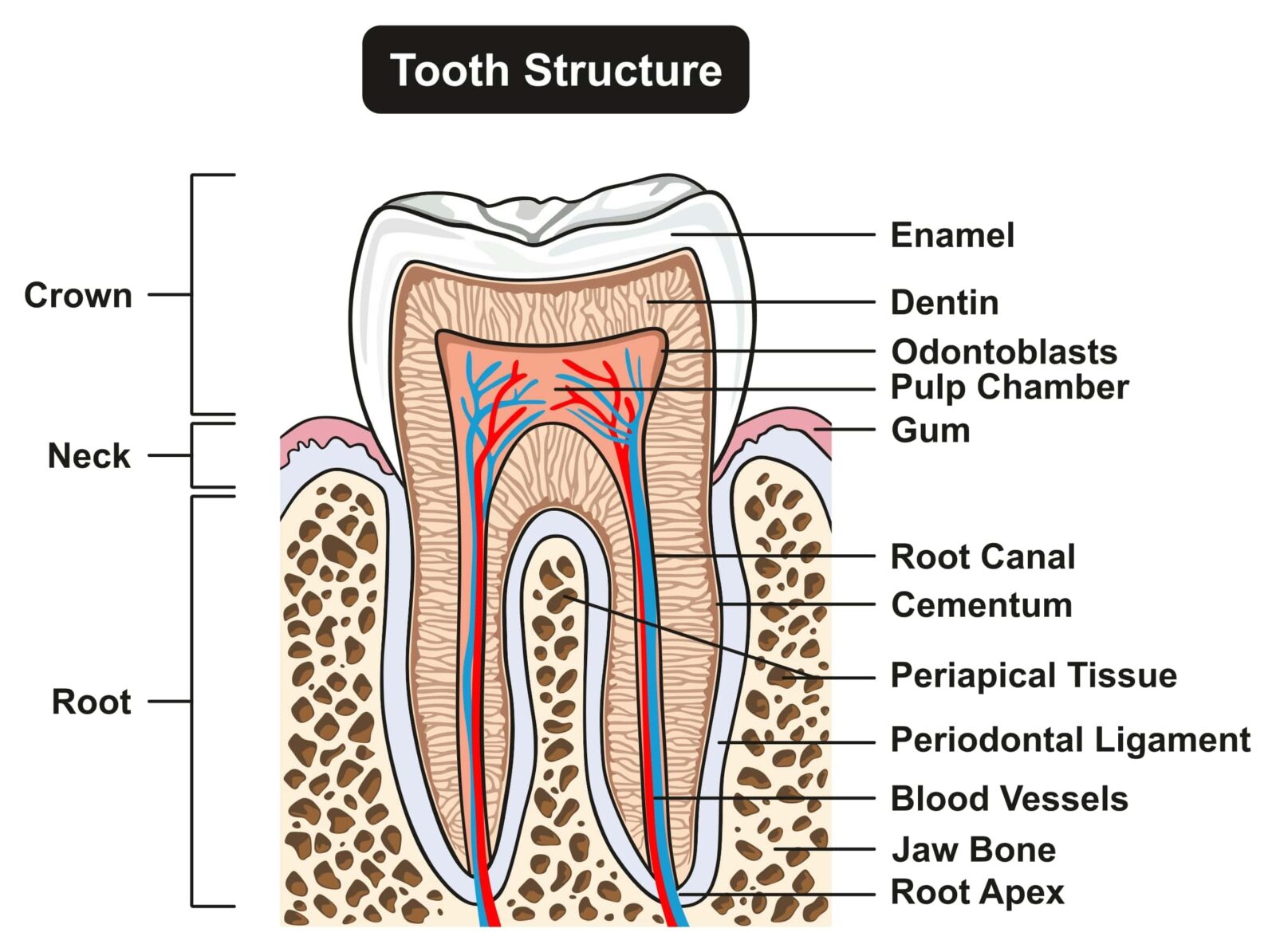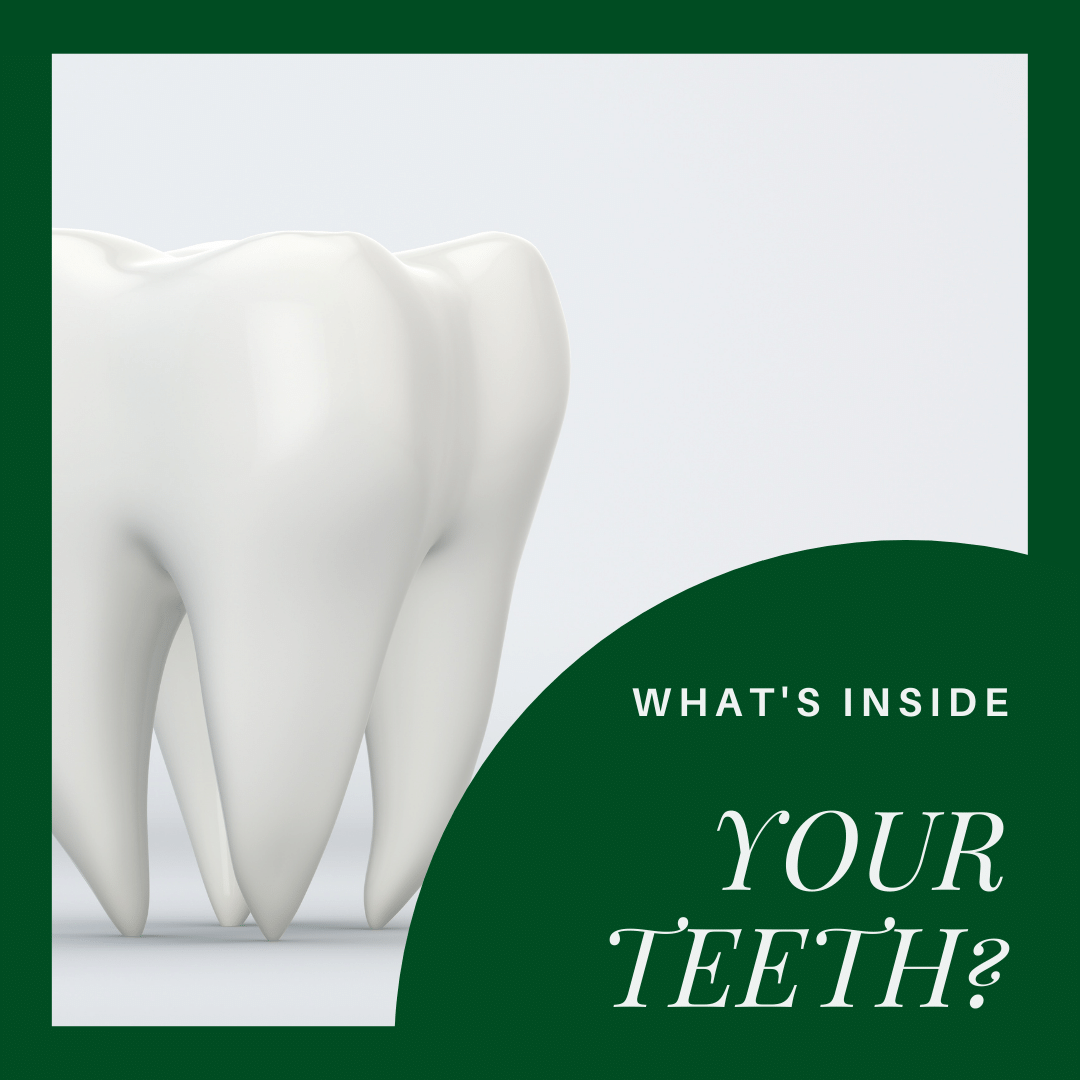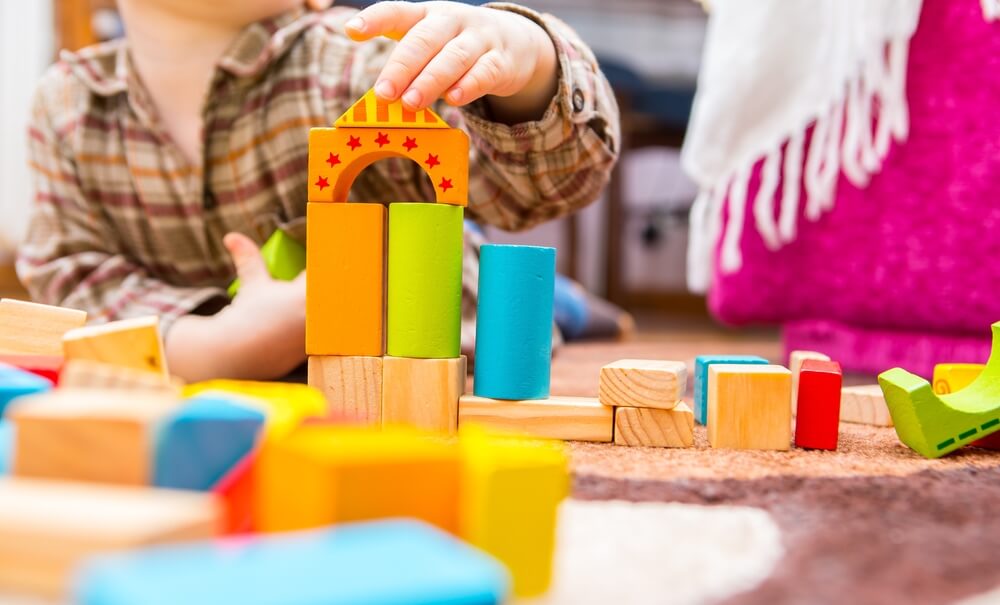Anyone who has children has likely experienced the endless amounts of questions children ask. In regards to dentistry, your child may one day decide to ask what is inside their teeth. Even if they don’t ever ask this question, it can be beneficial to teach them more about their teeth in order to stress the importance of regular dental care. Chances are, your child does not even realize their teeth have an inside, so teaching them some basic tooth anatomy can make their teeth more interesting to them. Here are the three different layers that make up your child’s teeth:
Enamel
Since the enamel is the outermost layer of your child’s teeth, they are probably somewhat familiar with it. However, many people assume that teeth are simply bones when this is not the case. Although bones and tooth enamel are similar in that they are primarily composed of calcium and phosphate, tooth enamel contains additional minerals such as sodium, fluoride, magnesium, and carbonate. In fact, these additional minerals make enamel stronger than bone. Still, tooth enamel can become damaged in a process called demineralization, whereby its mineral composition is broken down and can eventually result in a cavity. This happens when decay-causing bacteria erodes the enamel. Because enamel is not bone, it cannot regenerate itself like bone can, meaning that any damage becomes permanent. Once the enamel has been damaged, this increases the risk that the underlying layers will also become damaged.
Dentin

The layer that resides directly underneath the enamel layer is known as the dentin layer. While the dentin layer is also composed of minerals, it is softer than the enamel. Part of this is because the denin layer is porous and contains thousands of microscopic holes. When the protective enamel layer has worn away, these microscopic holes allow sticky, acidic, sweet, hot, or cold foods to stimulate the tooth nerve. This causes an uncomfortable and painful sensation formally known as tooth sensitivity. Oftentimes, tooth sensitivity can be the first sign of a cavity.
Dental Pulp
Underneath the dentin layer is the innermost layer known as the pulp. The dental pulp is made up of nerves, blood vessels, and connective tissues. This entire amalgamation resembles the texture of jelly. Its soft composition is why it resides in the pulp chamber, or hollowed out inside of the tooth. The blood vessels and nerves also travel down through the root canals, which are hollowed out areas of the tooth roots. In a healthy tooth, the pulp chamber is protected by both the enamel and dentin layers. However, as the tooth starts to decay, the dental pulp becomes more and more threatened. When decay-causing bacteria reach the pulp layer, then infect the tissue and cause an infection known as pulpitis. Since pulpitis can eventually travel through the bloodstream to infect other teeth, pulp therapy is performed to remove any infected tissue.
As you can see, the different layers of your child’s teeth are each composed differently for a very specific purpose. Additionally understanding the basics about why cavities form and how they can affect your teeth, can make your child more determined to adhere to a strict dental routine.






